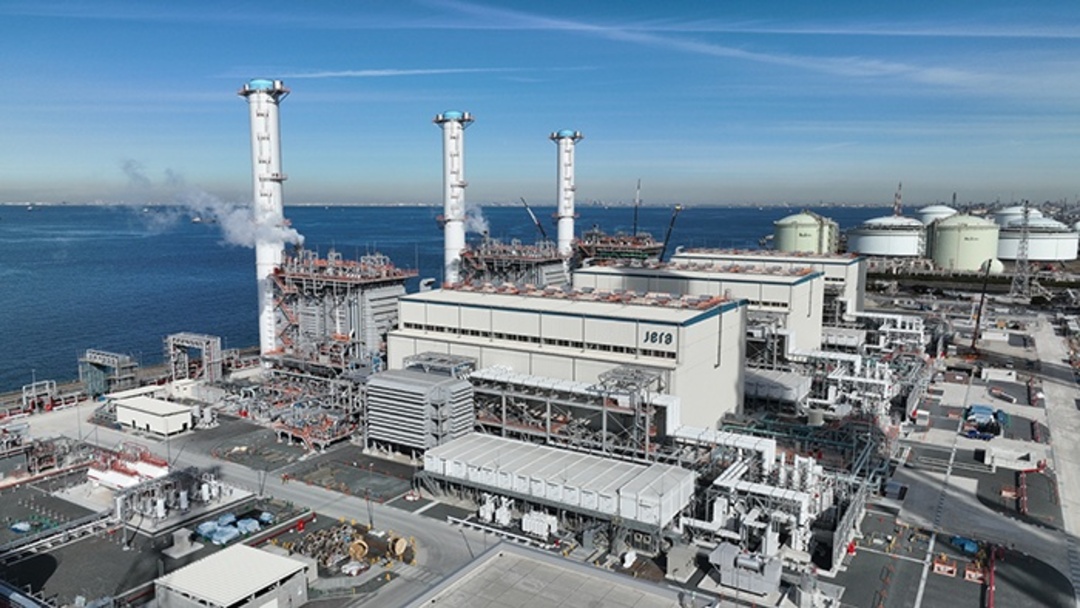Japan’s JERA, South Korea’s Posco to Collaborate on Low Carbon Fuels
The partnership stems from a program between Japan and South Korea to reduce greenhouse gas emissions and ensure energy security.
JERA Co., Inc., Japan’s largest power generation company, announced on Thursday that it has partnered with South Korean steel manufacturer POSCO International to develop low-carbon fuel value chains.
According to a press statement, both companies will develop robust low-carbon value chains by optimizing their ammonia portfolio through improved operational flexibility and joint studies.
The joint initiative stems from a bilateral program launched in February between Japan and the Republic of Korea to collaborate in hydrogen and ammonia technology to reduce greenhouse gas emissions and ensure energy security.
The program called “Japan-ROK Hydrogen and Its Derivatives such as Ammonia Cooperation Dialogue” held its first meeting in June in Seoul and discussed private sector cooperation in building a global supply chain for clean hydrogen and its derivatives and expanding the hydrogen economy.
“We are pleased to have established another cooperative framework with POSCO Intl., a subsidiary of a major ROK conglomerate with a significant presence in the steel industry,” said Ryosuke Tsugaru, chief low carbon fuel officer of JERA, in a statement.
Tsugaru further said that JERA has been leading the decarbonization efforts within the power sector and across other sectors, including hard-to-abate industries.
Hyeon Park, executive vice president of POSCO International, said: “We believe that this partnership between POSCO Intl. and JERA will be beneficial to our efforts in transitioning to low carbon energy.”
In May, the Japanese monolith announced its plan to invest 5 billion yen ($34 billion) in liquefied natural gas, renewables, hydrogen and ammonia businesses.
As part of its zero emissions goal, JERA aims to handle 35 million tons of LNG, 20 GW of renewable capacity and 7 million tons of hydrogen and ammonia.
The company is committed to reducing carbon dioxide emissions intensity by 60 percent in 2035 and achieving net zero by 2050.
Nirmal Menon
Related posts

Subscribe
Error: Contact form not found.

